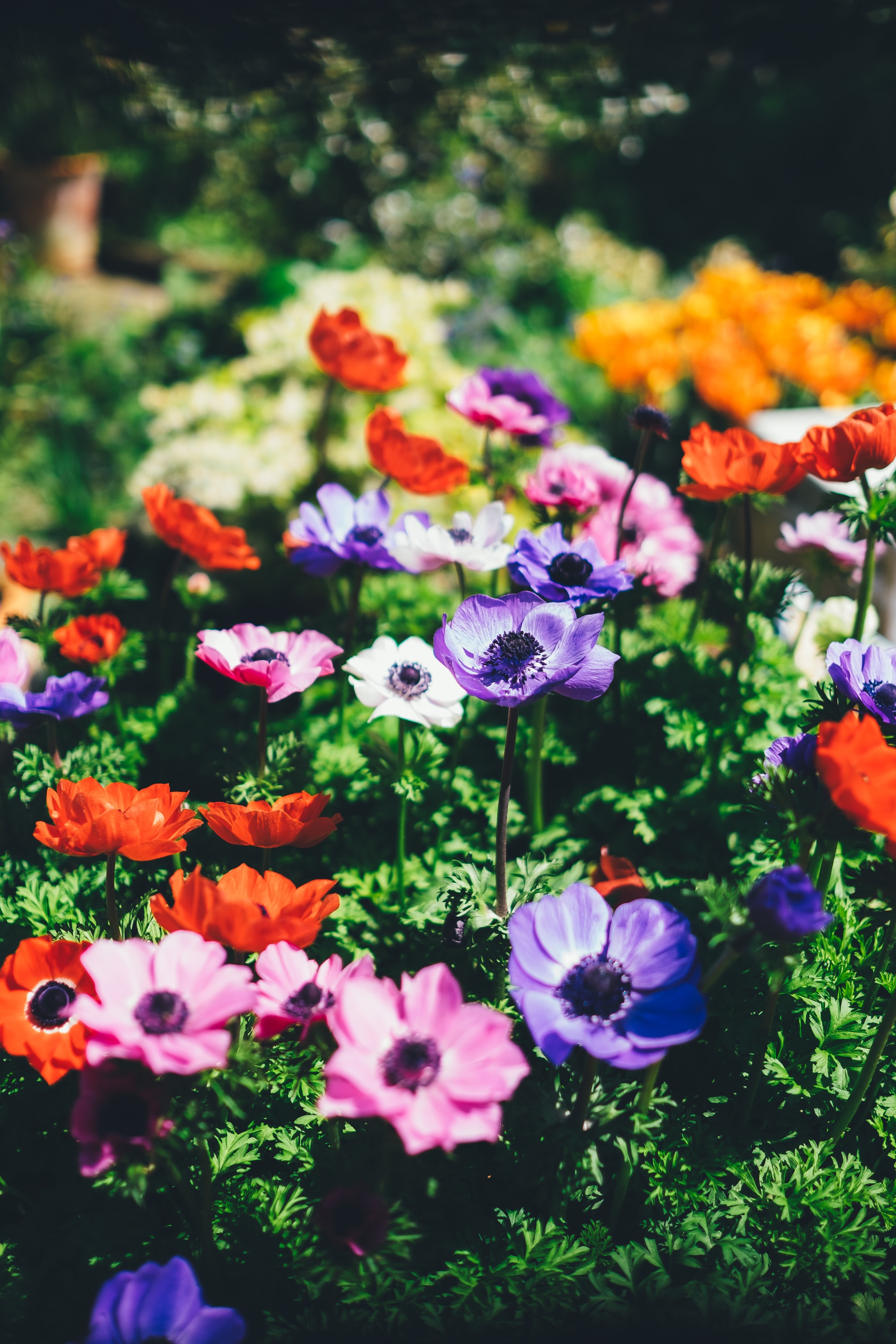Seventy-Seven
- Judith Cox

- Oct 15, 2021
- 2 min read
Raindrops, rose petals, and rose hips, the last of the summer garden.
Greetings fellow gardeners,
Well, this is new. Rain! It has been a long time since we have had several days of rain in a row. It is wonderful for our gardens, but hard to get any work done. I have a large number of Jerusalem artichokes that are ready to harvest. Fortunately, there is always next week. If you have Jerusalem artichokes, you want to wait until they start to die down before pulling them up. I have boiled the tubers and used them in stews, and they are not too bad.

Oscar Peterson rose and scarlet runner beans
My Oscar Peterson rose from the Canadian Artist Series is blooming again. Such a joyful sight. It is growing near the bright red flowers of my scarlet runner beans. Be sure not to prune your roses at this time; wait for the spring. Many of my hardy roses will bloom right up until frost. I make sure to cover these bushes in bird netting to collect the snow and keep them insulated from the January thaw. In addition to some sweet-smelling roses, I have rose hips. Some of them are almost the size of small crab apples. If you are planning to use some of your rose hips for jelly, pick them after a good frost, as they will be sweeter. Please be sure that these hips have not had any chemicals sprayed on them. The recipe is below:
Rosehiip Jelly
About 8 cups of rose hips
6 cups of water
½ cup of lemon juice
3 ½ cups of sugar
Rinse the rose hips and place them in 6 cups of water. Bring to a boil and then simmer covered for about an hour. Mash and strain through cheesecloth or a jelly bag.
You should have about 3 cups of juice. Put in a pot with the lemon juice and add the sugar. You can add pectin if you wish but there is a lot of natural pectin in rosehips already. You can pour it into sterilized jars and into a hot water bath for 10 minutes.

Rosehips
As I was wandering about my garden, I found the comfrey had some lovely fresh new growth and even a few flowers. I like to use my comfrey as a type of fertilizer for my garden. The type that I grow is known as Russian comfrey (Symphytum xuplandicum Nyman). It is a perennial and can grow over a meter in height, with little magenta bell flowers. I will often pick one of the large hairy leaves, wet it thoroughly and use it as a relief for bruises. Most people have the common comfrey (Symphytum officinale) which can be very spready. It can also be used as a fertilizer, but it should be watched and confined. While I use comfrey in the garden or on myself externally, it is not recommended that you ingest comfrey as it has been shown to cause severe liver damage.
It is great to look out the window with the too-many cats and stare at the rain. My trees and the garden are very happy.
Enjoy your week.
Judith. (Email: sghorticultural@gmail.com)
Veggie Bites are available at https://sghorticultural.wixsite.com/website or https://gardeningcalendar.ca/articles/veggie-bites/



Comments